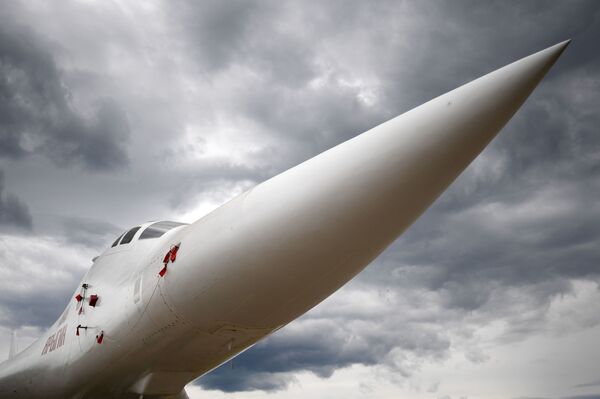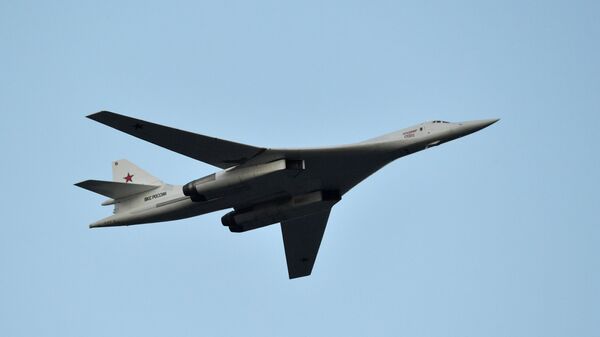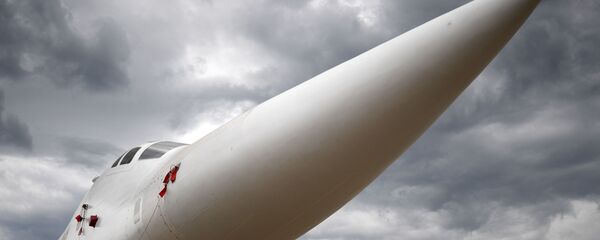The Russian Defence Ministry has reported that two of its Tu-160 (NATO reporting name: Blackjack) supersonic heavy strategic bombers conducted routine patrol flights above neutral waters in the Arctic Ocean, as well as the Barents and Norwegian Seas.
The ministry specified that the flights lasted 16 hours in total with mid-air refuelling and stressed that they were conducted in full compliance with international laws.

At the same time, the joint US-Canadian North American Aerospace Defence Command (NORAD) reported sighting two Tu-160 Blackjack bombers on 31 January entering the Canadian Air Defence Identification Zone. Despite the fact that both jets remained in international airspace, NORAD’s commander, US General Terrence O’Shaughnessy, condemned the routine flight as flexing "long-range weapons systems" and an act of Russia’s "increasingly aggressive efforts".
Gen. O’Shaughnessy, NORAD Commander, "“Our adversaries continue to flex their long-range weapons systems and engage in increasingly aggressive efforts, to include the approaches to the United States and Canada," 2/3
— North American Aerospace Defense Command (@NORADCommand) January 31, 2020
The Canadian Air Defence Identification Zone extends to certain regions of the Arctic Ocean that are frequently visited by Russian jets during drills and routine patrols along the country's borders. The zone also covers the US’ borders in Alaska
The US Air Force has also been conducting regular flights along Russia's western borders in the Baltics and along the south-western frontier near Crimea ever since relations between the two countries started to deteriorate in 2014 following a crisis in Ukraine. Washington has not stopped carrying out such activities even despite Russian protests.




